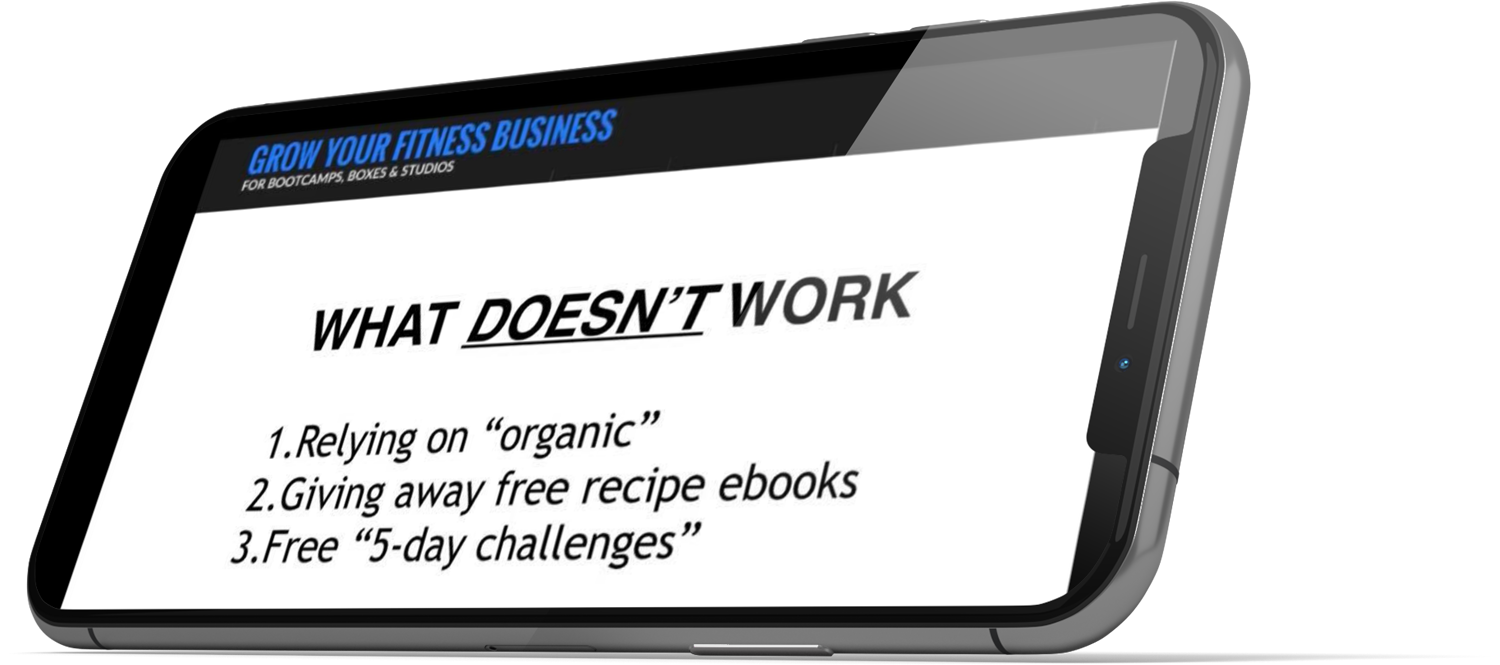I immediately fell in love with this formula, taught to me by my business partner Ketan Makwana, CEO of Enterprise Lab
Its a fantastic tool to help steer your revenue in the right direction, and create stable and sustainable financial forecasts.
Failing to follow the “33% ratio this means your expenses will blow up at the same time as your income…leading to tight profit margins & a business that could collapse with one bad month.
Here’s a breakdown of it, and a real example of how I broke down a client’s business goals to make sure they were on track to achieve this…
First, The Entrepreneur’s Goals
This client has a goal to create a $4000/month salary + dividends, in no more than 5 hours per day work average.
So how does she achieve this goal, while making sure all operating costs are covered and there’s enough profit left over?
Remember, to only do 5 hours of work on or in the business, this client will need some delegation. And freedom isn’t free. Like I teach clients inside Module 2 of the Expert-Business Blueprint, you should start by forecasting your expenses, not income.
Starting with income goals is a huge financial mistake. You must know what it costs to operate your business at the level you want it, before you can know how much revenue is required!
We calculate what margins need to be made using the “33% Ratio Guideline”.
THE 33% RATIO
This guidelines states that your total revenue should be broken down as closely as possible to the following margins:
- 33% of total revenue = covers all fixed costs & taxes
- 33% of total revenue = covers all payroll / salaries / retainers (including yours)
- 33% of total revenue = covers profits & shareholder dividends (if any)
So, we set a revenue target, then check against the 33% rule to see if it will produce the desired income of $4000/month AND cover all costs AND produce profit.
In our consulting session, we decide to start the exercise with a goal of $20,000 monthly revenue, to see if this will work.
We apply the 33% guideline to the $20,000/month target
33% – Fixed costs, taxes ($6500)
33% – Salaries / payroll ($6500)
33% – Company profit & shareholder dividends ($6500)
Now we see if this is a viable model for the client. . .
EXERCISE #1: How can we make $20k revenue with a total payroll under the 33% threshold?
At the moment the owner is doing everything herself.
She can make the $20k revenue no problem. But working only 5 hours a day? Thats the rub.
Time to see what positions we’d need to hire for to get the work done and get her time (and life) back.
And we only have $6500 to do that. $4000 of which needs to stay with our owner, to meet her monthly income goal. So we have around $2500 to give to other people.
She decides she will stay as CEO and COO (manager) for the next 6 months at least. She can do those roles in 5 hours or less per day.
She will also act as Head Specialist – the person who will recruit and train the new technicians.
So how many technicians do we need, and how much to pay them?
First, to make $20k/month we need an average of 8 clients (they pay $2500/m each).
It takes her 15 hours/month to serve four clients. So two technicians could serve all 8 clients, in only 15-20 hours each per month.
I chose to get two part time people because its easier than depending on one. Plus we want to eventually move one of them (the better performer) into the Head Specialist role, giving even more freedom to our CEO.
We believe we can contract a technician to do this work at $25/hour.
That means $375 for 20 hours per month, multiplied by 2 people.
Now our payroll forecast looks like this:
1. CEO / COO – $3465 (the biz owner)
2. Expert / technician 1 – $375/m (serves up to 4 retainer clients)
3. Expert / technician 2 – $375/m (serves up to 4 retainer clients)
4. Head trainer – $2310 (the biz owner – will outsource to best of two original expert technicians eventually)
5. Accountant – $350/m
Total payroll forecast = $6875 (34%) ✅
Its not quite 33% but its one percent more! Thats FINE.
REMEMBER – the 33% ratio is a guideline… not a requirement.
EXERCISE #2: How can we keep fixed costs below 33% threshold?
We want to keep all fixed costs below $6500.
Here are the estimates of costs to serve $20k-worth of clients a month:
– Tax (at 20%) – $1300
– Subscriptions / softwares, costs of delivery – $800/month
– LEAD-GEN: Email marketing & sales commissions (if it were to be outsourced from the biz owner) – $5000/m
The leads are coming in from cold email outreach, which takes approx. 2 hours per day.
Then the leads are closed through phone call. Sales calls account for about 4-6 hours per week. Currently the biz owner does all email and phone calls.
She will continue to do this for now. However, we still put a $$ cost on it, incase she does want to outsource it.
**TIP: If there’s anything you’re doing in the business that you have no intention to outsource, I strongly recommend you factor it as a COST anyway!
If you don’t, then you’ll be aiming for less revenue than you actually need to cover all job roles.
And if your company doesn’t generate enough revenue to pay someone else to do the role you’re occupying, you’ll never be able to outsource it.
With this we can see total costs = $7100/m (35%) ✅
Again, this is great. Only a couple of points above 33%. These projections look healthy so far.
EXERCISE #3: Do our profits lie at 33% or more?
Profits = $20,000 minus $6875 minus $7100
Profits = $6025/month (30%) ✅
Again, we clear a 30% profit on these financial projections.
This is a healthy, lean business. And the plan seems to be a good one.
The client now knows what to do,
How many clients to attract,
What team members she needs,
When she needs them,
How much she can afford to pay,
And how much total expenses need to stay below,
Therefore, she won’t just grow revenue…
But she’ll be scaling a sustainable, profitable, and low-risk business
– That pays her $4k a month within weeks
– Covers all payroll so she can take more time off with her husband and kids
– Covers all costs and taxes put aside (no scary, unpredictable tax bills)
And a feeling of certainty and long-term vision.
That’s how you launch & scale a real business.
Justin Devonshire





